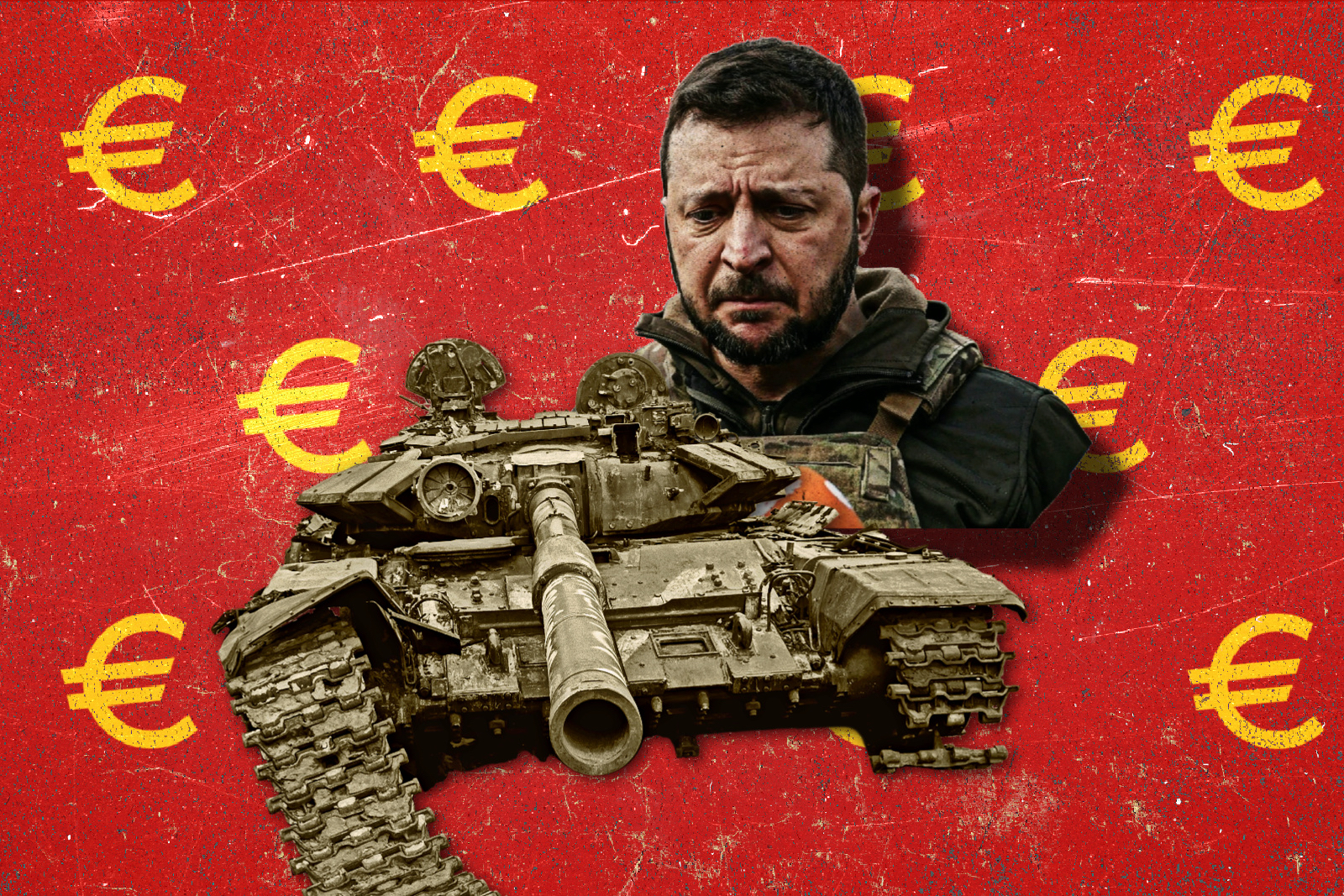
How the EU Can Increase Lethal Military Aid to Ukraine
While Ukraine’s Western allies have finally promised to supply Kyiv with tanks and other heavy weaponry, the political thumb-twiddling that has prolonged these deliveries has irked Kyiv and deprived Ukraine’s military with the necessary tools needed to reclaim occupied territory.
With the war having eclipsed a year since its start, brutal fighting between Russian and Ukrainian forces remains ongoing with no end in sight. However, military aid from Ukraine’s allies has proven decisive in denying Vladimir Putin the victory that he desperately craves.
As of February 2nd, Brussels has provided Ukraine with €3.6 billion in lethal and non-lethal military aid through the European Peace Facility (EPF) since the start of the war. However, to increase the likelihood of Ukraine’s victory and the quickest possible end to the war, the Council of the European Union should raise the EPF’s current 2027 ceiling of €5.6 billion to the originally proposed ceiling of €10 billion in order to continue providing military aid.
What is the EPF?
The Council of the European Union created the EPF in March 2021 as a tool for the EU to cover the costs of its own defense-related expenditures and to provide military assistance to third-party states in line with the EU’s Common Foreign and Security Policy. In order to circumvent EU budget restrictions on military aid, the EPF was created as an “off-budget” instrument based on Article 41(2) of the Treaty on the European Union. The EPF annual budget is directly financed by EU member states based on their GNI. Whenever an EU member state provides military aid within the framework of an EPC-supported initiative, they are subsequently compensated by the EPF.
While the EU can determine which percent of the EPF budget can be directed to lethal or non-lethal aid, the exact details of what material an individual member states provides and the amount of their compensation is not publicly available. The classified nature of EPF compensation allows member states to provide aid while avoiding political blowback from those outside the bloc or their domestic constituents. While some big-ticket items like German-made Leopard 2 tanks may be harder to keep under the radar, the EPF has served as a powerful cloak of anonymity for European policymakers having to juggle public opinion at home and relations abroad when choosing to provide lethal aid to Ukraine.
How Russia’s invasion changed the EPF
The Russian invasion prompted the Council of the European Union to take an unprecedented step. Shortly after the war started, it was announced that the EU will use the EPF to provide lethal military aid to Ukraine, which marked a departure from the EU’s previous policy of categorically not providing lethal aid to third-party states. Since this announcement, the overwhelming majority (€2.92 out of the total €3.6 billion) of EPF funding to Ukraine has been earmarked for lethal military aid. It is clear that the EPF has become the EU’s tool of choice to bolster Ukraine’s abilities in the face of Russian aggression.
With roughly €4.5 billion of the EPF’s €5.6 billion budget through 2027 already dedicated to Ukraine and other EU partners, the current EPF funding is set to exhaust itself well in advance of 2027. Given the ongoing fighting and the gap between both sides before any sort of negotiations can begin, there is a high likelihood that the remaining roughly €1.1 billion left in funding will be used in the near future. Once this remainder is used, the EU will have no more designated funds available to continue to support Ukraine.
What the EPF needs to succeed
Before its creation in 2021, the original proposed 2021-2027 budget of the EPF totaled €10 billion (in 2018 prices). The final budget was then halved to €5 billion (2018 prices) at the EPF’s creation. The chief benefits of raising the EPF’s budget ceiling to its original proposed limit (€11.384 billion in current prices) are the concreteness and simplicity of this proposal. Having a predetermined amount set for the budget increase, moreover, an amount that was plausibly feasible before, removes the need to research and propose a new budget limit and allows the Council of the European Union to immediately proceed on whether or not to adopt the increase. Given the scale of the conflict, and Russia’s embrace of brutal tactics like using rape as a weapon and targeting critical infrastructure, the originally proposed budget limit becomes easier to justify considering the immediacy of the ongoing war.
With a definite, previously entertained budget amount which will double the EPF’s currently available funds, raising the EPF’s budget to its original amount is expedient, politically feasible, and gives the Council of the European Union additional time to determine the optimal long-term solution for allocating funding proportional to the needs of Ukraine. While the military aid demands of the war in Ukraine may eventually exceed the original ceiling of the EPF, this option will still be able to address the immediate needs of Ukraine’s military. In the meantime, the EPF reduces the foot-dragging of EU member states when providing lethal aid to Ukraine.
In choosing to provide military aid to Kyiv, the EU made a decisive choice to ensure European security by aiding Ukraine to help it defend and liberate its sovereign territory from Russia. To capitalize on this decision and accelerate the end of the war, the EU needs to ensure that Ukraine’s military needs are met. The most politically feasible and time-sensitive solution to fulfilling the needs of Ukraine’s military is expanding the budget ceiling of the EPF to the original proposed budget of €10 billion. EU military aid to Ukraine is pivotal for bringing balance to European security and should be vigorously pursued in order to restore peace.

